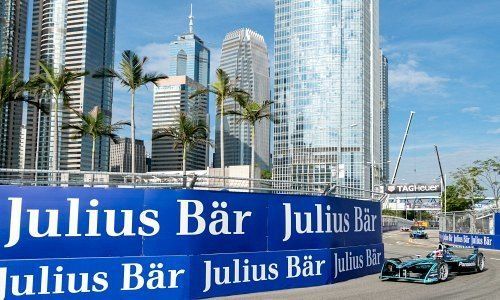Julius Baer Unlikely to Achieve Medium-Term Targets in 2019
The Swiss private bank isn't hoovering up new clients and their money as quickly as it planned – and a big write-down at an Italian subsidiary looms.
Julius Baer's asset under management edged 10 percent higher at the ten-month mark to 422 billion Swiss francs ($427 billion), the Zurich-based private bank said in a statement on Tuesday. The rise was mainly due to favorable market swings; net new money was a feeble 3 percent thus far this year, compared to 4.5 percent last year and off the 3.2 percent in the first six months.
«It is therefore unlikely that the Group will achieve its medium-term target this year,» Julius Baer said, referring to its long-held goal of growth in net new money of 4 percent to 6 percent. The warning comes as new CEO Philipp Rickenbacher embarks on an overhaul of the 129-year-old private bank, as finews.asia reported two weeks ago.
«Bolichico» Dealings
The bank blamed the feeble new money haul on outflows related to a costly, three-year regulatory scrubbing after it was caught dealing with Venezuelan «bolichicos,» a crop of younger businessmen well-connected in government. Julius Baer said Kairos, an Italian asset management subsidiary it recently bought out, was also to blame.
Less income from Kairos, less net interest income, and a minor credit loss weighed on Julius Baer's gross margin: the measure dropped to 82 basis points, from 85.5 last year, down from 83.2 in the first half of this year.
Key Exits
After a series of key departures at Kairos in recent months, Julius Baer said it will take a $100 million write-down against this year's profits to account for lower growth and recent withdrawals. The unit's assets stood at 8.4 billion francs last month, down sharply from 11. 8 billion last year, Julius Baer said. Kairos was profitable in the first ten months, and its gross margin improved on the year.
The bank said it would begin a share buyback program of up to 400 million francs, «as an additional way to return capital to our shareholders». Julius Baer also said spending cuts disclosed earlier this year are taking effect: its cost-income ratio hovered just above 70 percent in the last four months, compared to 71 percent in the first half. The bank's goal is less than 68 percent.



























